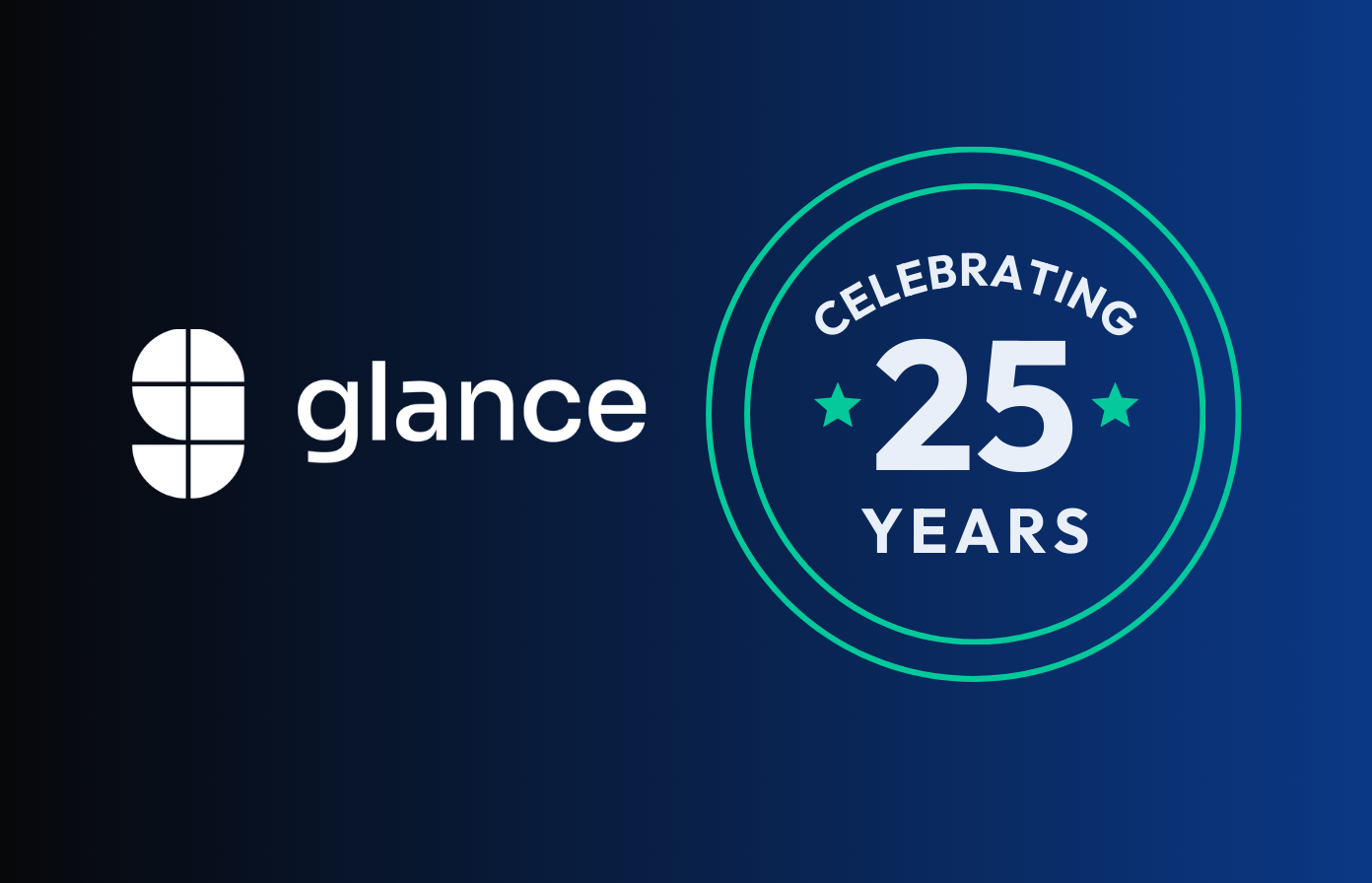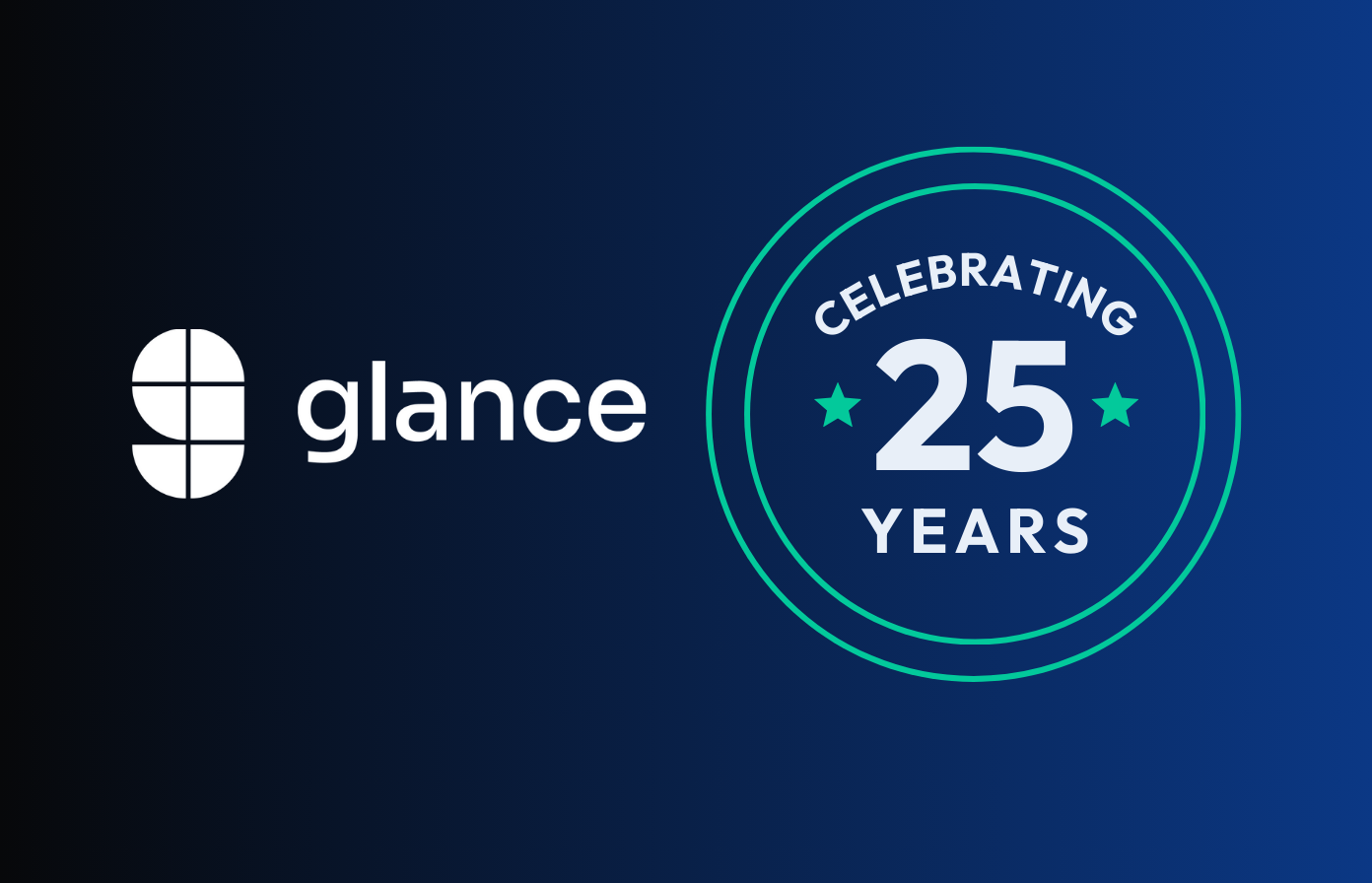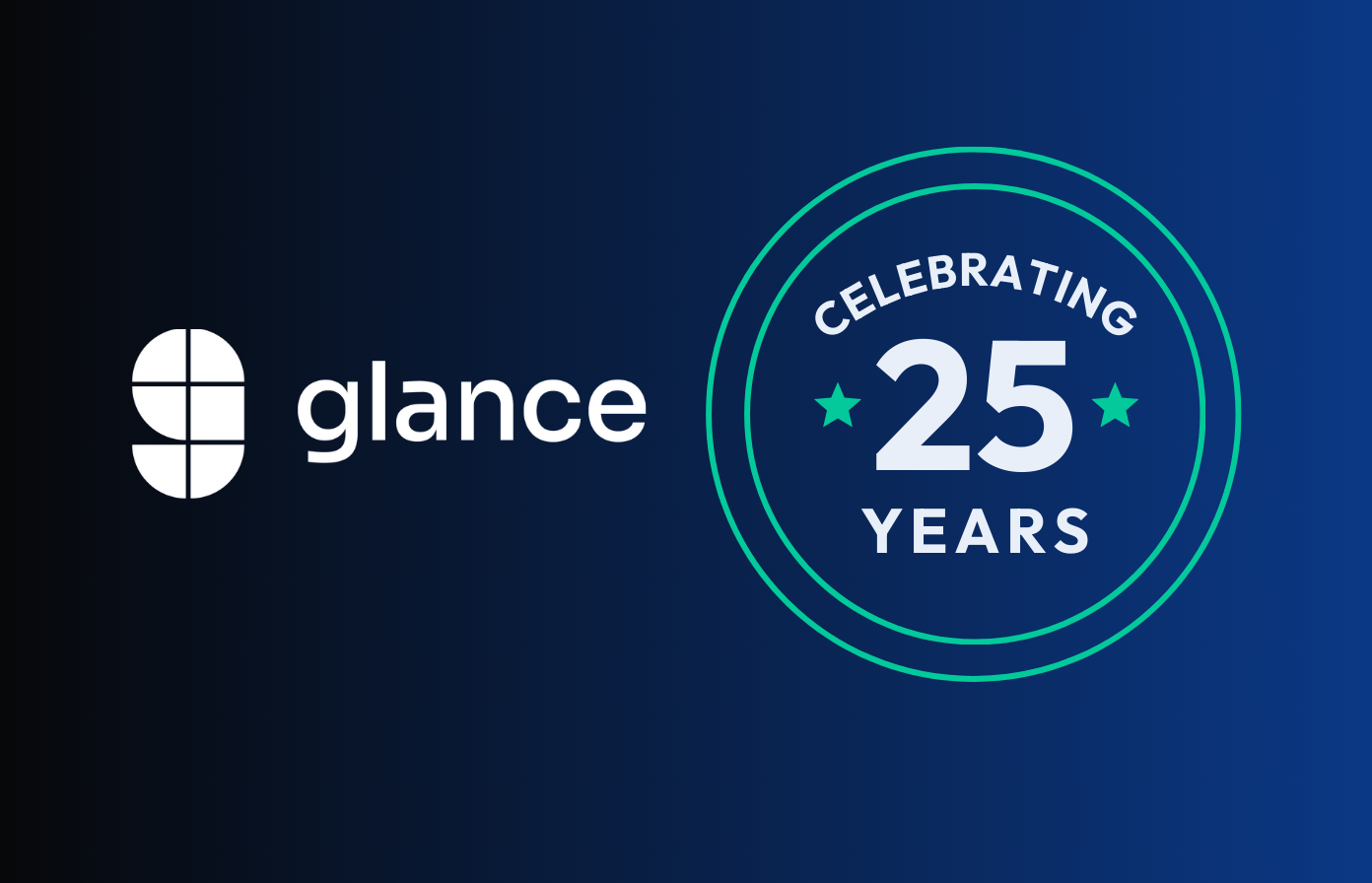Do you own a smartphone? If you do, you’ll have encountered some version of the modern B2C customer onboarding experience. (If you don’t: wow. We’re honestly a little jealous.)
Nowadays, the first time you switch on your smartphone, you don’t have to refer to a paper manual to learn to use it. Instead, you’ll get a digital onboarding experience that walks you through everything you need to know to start using your device.

Some B2C onboarding experiences are impressively slick. They’re also highly flexible. Users can onboard whenever they like, at their own pace, and ask follow-up questions via their preferred channel (just like U.S Bank does, for example).
In short: the best B2C onboarding experiences are set up for users to onboard in a way that suits them. And that makes it feel personal.
But while business-to-business marketing has long embraced the consumer marketing tenant of personalized digital experiences, B2B customer onboarding still often lags behind B2C onboarding in terms of providing experiences that flex to users’ personal needs. As Bridget Van Kranlingen of IBM so aptly puts it:
“The last best experience that anyone has anywhere becomes the minimum expectation for the experience they want everywhere.”
So what exactly about the B2C onboarding experience should B2B solution providers be seeking to replicate? Before answering that question, we first have to acknowledge the differences between B2B and B2C onboarding, which are significant.
Scale and Complexity. B2B onboarding is of a different scale and complexity to B2C onboarding. This isn’t one-to-one onboarding, it’s one-to-many: you’re not onboarding one user onto your product at a time, you’re onboarding hundreds, if not thousands of users – all with different technical aptitudes, learning styles, and levels of investment in your product.
Appetite for Learning. This brings us to the second big difference: the appetite your users have for learning your product. In B2C, every user you onboard has chosen to use your product and wants the change that comes with learning how to use it.
Change Management. In B2B, by contrast, the majority of users you’re onboarding won’t have had a say in purchasing your product. You can’t assume they’re excited (or even willing) to use it. They may feel resistant to change. They might even be scared of having it replace their job.
With B2B onboarding, then, you’re not just enabling change – you’re often managing it.
So while B2B and B2C onboarding aren’t exactly the same, you can take inspiration from a few transferable aspects of B2C onboarding experiences. We are all people here, after all.
Here are three lessons B2B onboarding can take from B2C onboarding:
Lesson 1: Be aware of different user types – and cater to them
B2C product onboarding is great at delivering different experiences for users with differing learning styles and varying degrees of technical aptitude. Likewise, B2B onboarding also needs to recognize and serve every type of learner and user.
In B2C products, this is achieved in many thoughtful ways, such as:
- “Help” tips users can turn on and off when they need them.
- Short video clips they can quickly jump to and watch.
- Interactive “Click here to try this” tutorials that start up the first time users jump into a new app.
- Even in-person “genius bars” where product experts (aka company representatives aka a user’s new best friend) will patiently help them through learning every click – whether they’re a new buyer or a long-time owner.
Granted, this is more complex for B2B onboarding to get right, since B2B users differ so widely in terms of how they relate to your product, running the gamut from “champion” users who can’t wait to become experts in your product, to users who aren’t very interested and only log in from time to time.
So it’s important to remember that – in contrast to, say, a smartphone’s user base – at least some of your users are only going to interact with your product on an infrequent basis.
This means that your onboarding efforts can’t be exclusively concentrated at the point of initial onboarding. Instead, you should monitor usage and satisfaction to identify which users might need a refresh from time to time – and then be proactive and provide them with the opportunity to brush up on their skills.
Tactfully done, this will show your users that you think of them as individuals. Do it masterfully enough and you might even transform an infrequent user into a raving fan.
Lesson 2: Show users what’s in it for them
In B2C, this is often relatively easy: your users have chosen to buy your product, so they already have a pretty good idea of its value to them. What they really need from an onboarding experience is simple: lessons in extracting the value they were promised as quickly as possible.
But in B2B, only a small handful of people within the business will be in that position; the majority will have had your product foisted upon them, and won’t necessarily immediately or intrinsically understand its value. Some will be hesitant to use it – to the point of near-hostility. (This is even more reason to have onboarding focused on the value of mastering the product.)

Check out the above matrix on which potential users are arranged according to their level of tech savviness and investment. On the top end of both criterias are your champions (while those who aren’t tech savvy but are invested are potential champions). In the bottom half are your detractors – including users who are tech savvy but uninterested or resistant.
Some of these detractors are used to a system that your product is replacing. (They might even have created the system themselves.)
The emergence of your product on the scene may threaten these users’ ability to get an aspect of their work done in a way they’re familiar with, and might (in their eyes) undermine their status as the creators or experts in the legacy system. Your product might even be seen by some detractors as a general threat to their job – as something that does what they do for their business, only more efficiently.
Even if they don’t feel threatened, they might feel it has little or no relevance to them. With a B2B product, the value that comes out of using the product can seem less obvious or take more time to prove itself – so your B2B users might not be able to easily see how their job success is linked to your product.
For example, say you’ve invested in new procurement software. Many users won’t be in the finance department – they may see using the software as an impediment to doing their “real” work. After all, this new system requires them to take time to learn it and forces changes in the reimbursement process. Over time, however, this procurement software and process saves the finance team’s time, reduces human errors, and gets reimbursements out faster. This frees up dollars to fund other initiatives or even give employee bonuses!
So you can’t ignore detractors. Without the buy-in of every user, your product can’t succeed; in fact, if users are sticking to the self-built systems they’re familiar with to perform the tasks your product is designed for, they could actively undermine that success. The takeaway here? Teach the tech in light of the value it delivers. Like we see in B2C, users are more likely to successfully onboard when the outcome is important to them. If you want to text your best friend on your smartphone, you’ll be highly motivated to learn how to use it! In the same way, in B2B, if you teach employees the value of the software to their business (and, less abstractly, to their daily tasks), you’ll win over skeptics and those who are indifferent to your tech.
Which is why the B2B customer onboarding process is crucial as an opportunity to bridge the gap and convert the skeptics and those on-the-fence. B2C onboarding is great at emphasizing to customers what’s in it for them (even if they already know). B2B onboarding needs to take a page out of B2C’s book here – and run with it.
Lesson 3: Be available – and get personal
In order to cater to every type of user in your customer’s business, you need to be there for them whenever they need you and however they wish to get in touch.
As with B2C onboarding (and the support that accompanies it), your onboarding and upskilling services should be on and always available to provide help (through every channel).
Just as importantly, you need to be there for them in a personal way. B2B stands for Business to Business, but you don’t sell a B2B product to a singular entity named “The Business”. It’s sometimes surprisingly easy to forget that people are the driving force behind these corporate logos – a fact we’ve perhaps become more conscious of in the post-pandemic world, where many of us got a glimpse into the homes and lives of our colleagues and customers for the first time through the proliferation of online meetings.
Even with offices now reopening, we’re seeing many companies embrace more flexible work-from-home policies and more flexibility around working hours, while adapting their hiring practices to accommodate employees’ preferences for remote or hybrid work.
The personalization of business is a huge paradigm shift. B2B onboarding needs to recognise and reflect this shift in the workplace by making onboarding and training as personal as possible.
Wherever possible, listen to what product users are saying about your product and its effect on their jobs. Be empathetic, engage with them personally, and educate them compassionately.
And – as part of that empathy – make sure you can do this all on their own terms, allowing them to engage when they want to engage, through whatever channel they prefer to use – be that telephone, webchat, video call, cobrowse, email – or carrier pigeon.
Okay, maybe not that last one. After all, there are limits to customer centricity …
Flexible, interactive & personalized digital onboarding experiences at scale
Squaring the need for a more intuitive and personalized onboarding experience (which, additionally, needs to be accessible on-demand) with the scale of B2B onboarding can seem like a thoroughly daunting task.
But help is at hand – in the form of digital visual engagement technologies like cobrowse, screen share and video chat. Any or all of these can be part of your toolset via Glance, and launched (securely, with no downloads required) from within a website and/or mobile app.
This help might be:
- In-context with your website, mobile app, web-based app, or desktop app.
As users are struggling, you may already offer in-context “help” by way of online user manuals, training videos, or in-context tool tips.
- Available across channels.
You want to ensure that help is always at hand, whether that’s over the phone, chat, support emails or other channels.
- Personalized, continuous, and embedded.
Opportunities to cobrowse and video chat live, one-on-one, with a product expert from your business can be embedded in traditional methods for training and support, or right in the software. This means that help is available to your users precisely when they need it. Plus, when an expert is always around – it makes for truly continuous learning, which blurs the lines between initial onboarding, continuous training, and technical support (in a good way).
With Glance, you can deliver what we call a Guided Customer Onboarding Experience. At the click of a button, your experts can see what your users are seeing, highlight elements of the browser screen for users to pay attention to or click on, and take control (with permission) of the user’s screen.
Plus, thanks to Glance Video, the user will be able to see your expert’s face – and can choose to show theirs, too. This enables your experts to rapidly forge an emotional, empathetic relationship with the users they’re training.
Give these Guided CX tools to your product experts and they’ll be able to more easily connect with and guide users through the ins and outs of your product, on-demand and in the moment.
Being “always on” for your users to deliver continuous training when they need it, in-the-moment and in-context with your software and/or training curriculum, provides the quick, convenient, continuous and personalized onboarding experience that will help your B2B product users feel better – both about your product and about the business behind it.
Learn more about the Guided Customer Onboarding Experience in this handy ebook: Guided customer onboarding: A new approach for a new era of software.



